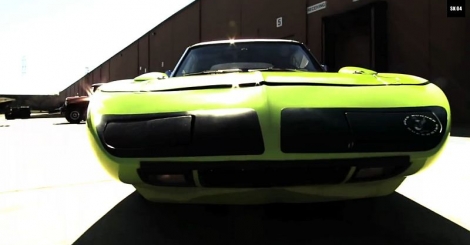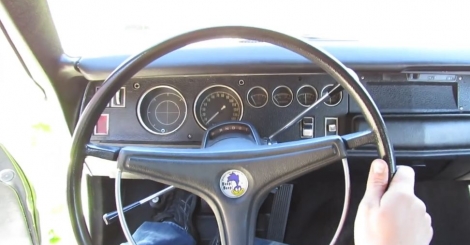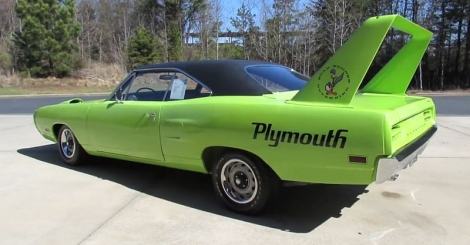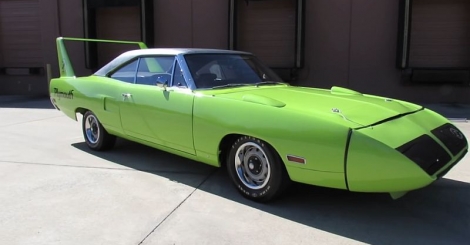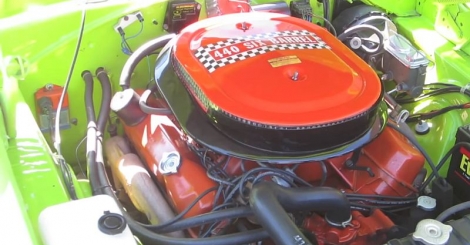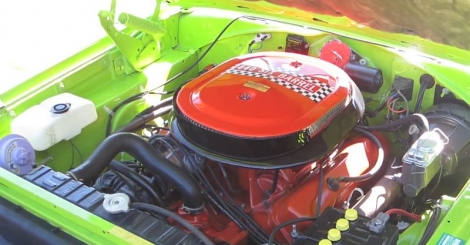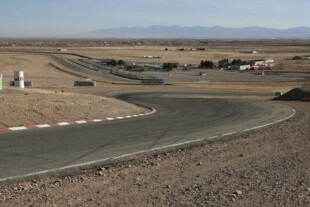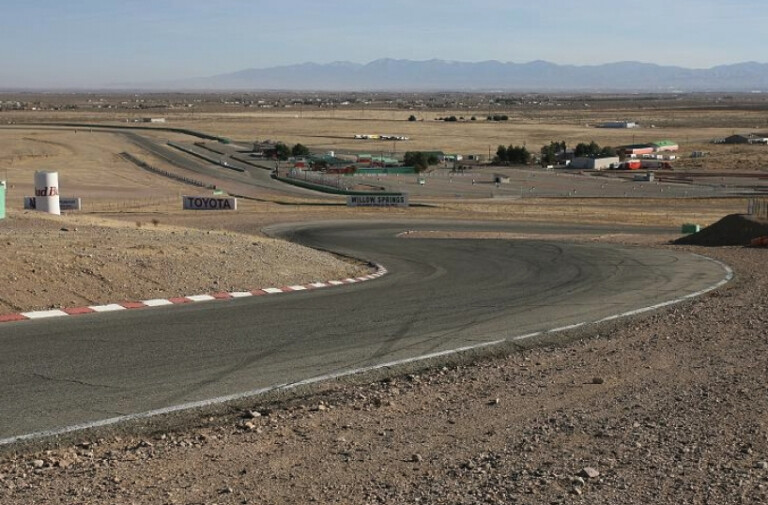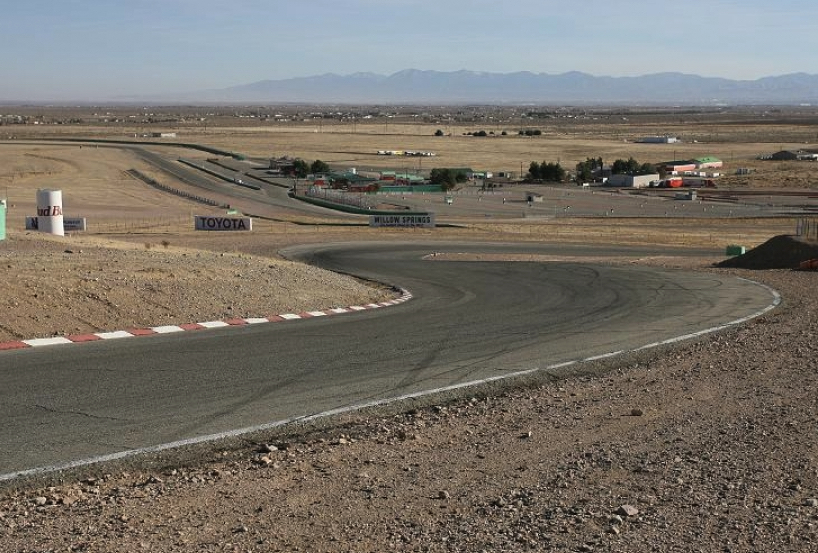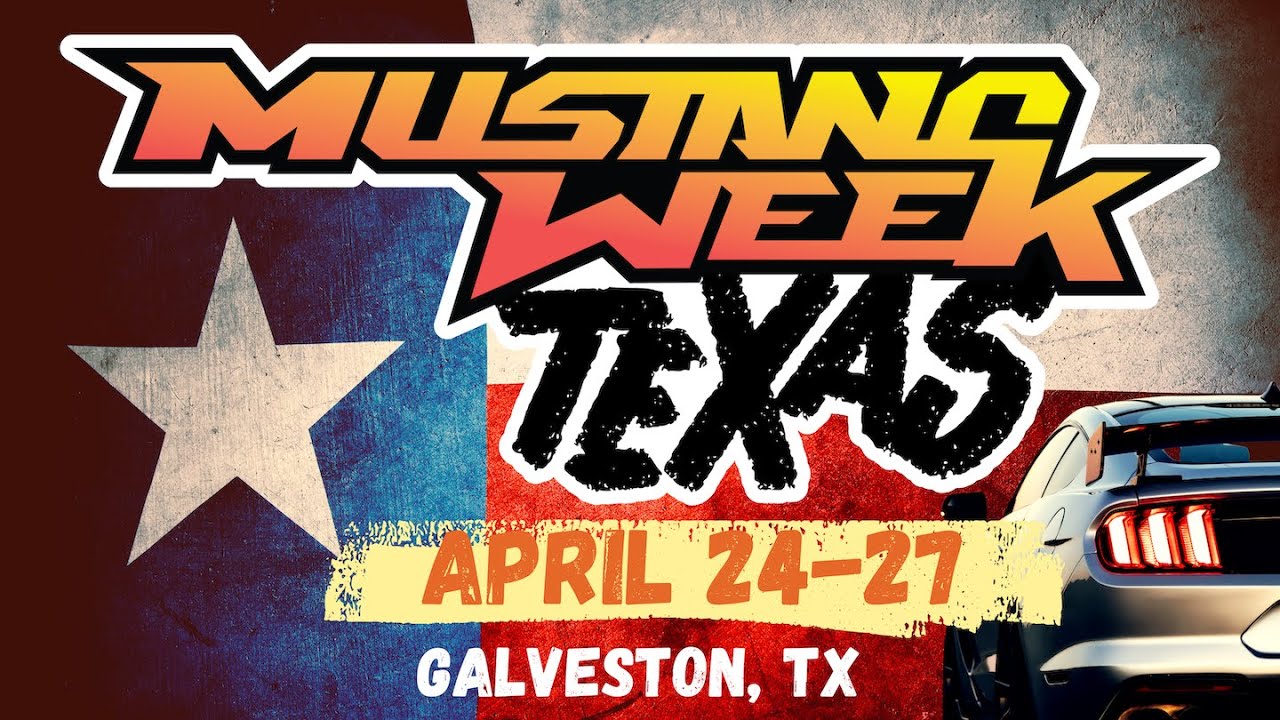 SaabKyle04 has been given a rare opportunity to test drive one of America’s rare Musclecars: the 1970 Plymouth Superbird. The Superbird is remembered for its fighter jet styling and its sheer dominance in NASCAR.
SaabKyle04 has been given a rare opportunity to test drive one of America’s rare Musclecars: the 1970 Plymouth Superbird. The Superbird is remembered for its fighter jet styling and its sheer dominance in NASCAR.
The Superbird was created to compete with the Ford Torino Talladega and the Mercury Cyclone Spoiler in NASCAR. These cars were known as Aero Cars: cars given more aerodynamic styling to achieve higher speeds on the oval super speedways.
The Superbirds nose cone and wing improved its aerodynamics and made it one of the most dominant cars in NASCAR history.
This bird is owned by Street Side Classic cars in Charlotte, North Carolina. They were nice enough to hand Kyle the keys to their beloved Mopar muscle machine.
As you climb inside you may notice her interior is very spartan. This is because she was designed strictly to compete in NASCAR not for comfort. It simply contains two benches, radio delete, plain carpet and the famous Roadrunner steering wheel with the beep-beep horn.
Her exterior is designed around a long sleek body, with a rounded nose cone and the famous large wing on the rear. The “anything goes” design looks like a cross between an F-104 Starfighter and the standard Plymouth Roadrunner.
Not only does the Superbird’s design look good, it’s efficient too. It was the first car to be designed inside of a wind tunnel as well as using computer analysis. The drag coefficient of .28 means it cuts through the wind better than many of today’s production cars.
The Plymouth Superbird lookin' every inch like a fighter jet.
The Superbird is built around a uni-body construction. The suspension contains an independent wishbone up front and a live axle in the rear. The front struts on the suspension were designed to keep the nose from diving under hard breaking. The rear has the standard leafs springs with shock absorbers, and anti roll bars.
Underneath the hood is 440 cubic engines of piston pumping muscle. This 440 is equipped with the famous six-pack option, meaning it has 3 two-barrel carburetors producing a whopping 390 horsepower and 490 lb-ft of torque. Sending the power to the rear wheels is a 727 Torqueflite 3-speed automatic transmission.
Only 1900 Superbirds left the Detroit assembly line. Due to their rarity, their NASCAR heritage, “anything goes” styling and performance, the Plymouth Superbird is one of the most collectable musclecars today. At an auction they can fetch hefty price tags up to $500,000+. So what would you give to take a test drive in a Superbird?



